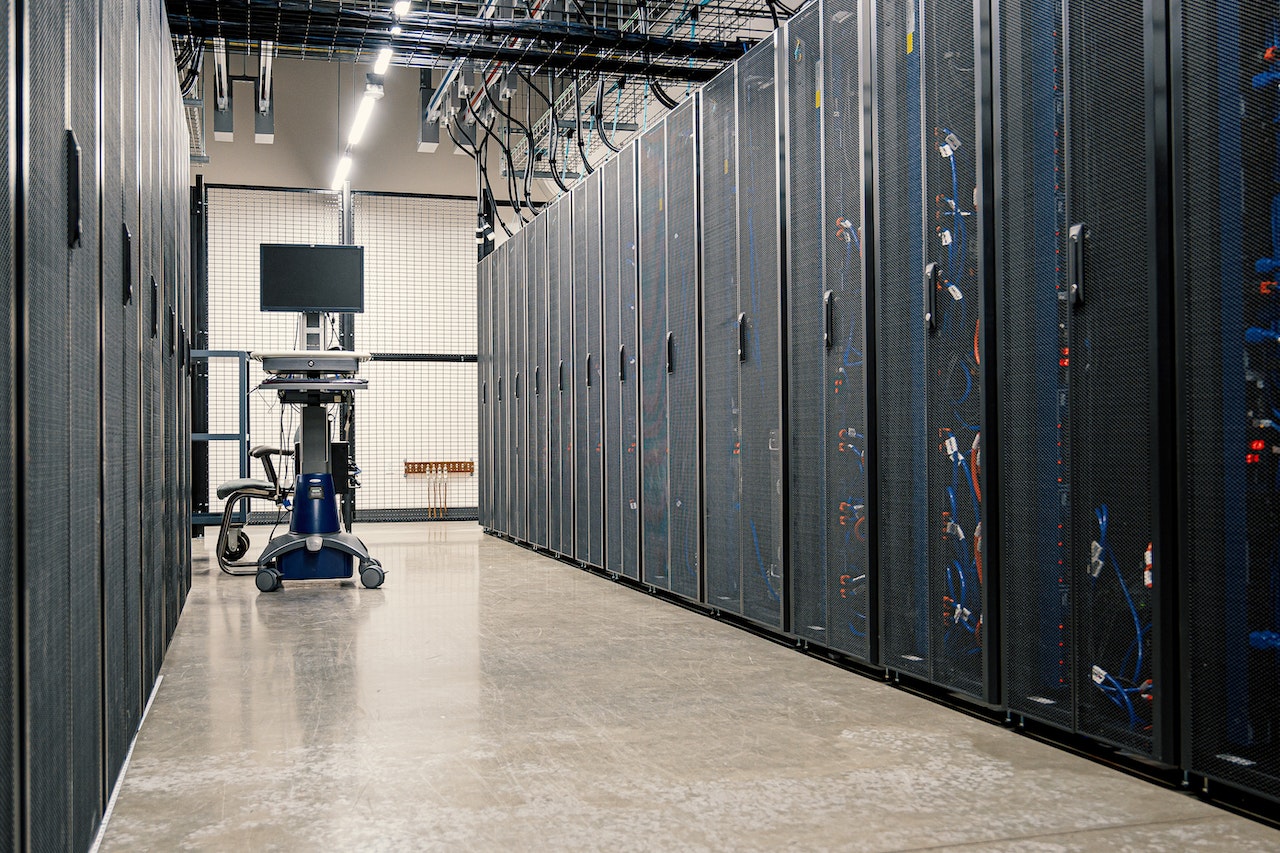The Pros and Cons of Shared vs Private Cloud Computing

Cloud computing has revolutionized the way businesses operate and manage their data. It has provided a cost-effective and flexible solution to store, manage, and access large amounts of data. The cloud computing market is rapidly growing and provides various types of services such as shared and private cloud computing.
Shared Cloud Computing
Shared cloud computing refers to a cloud computing service where multiple users share the same infrastructure and resources. The shared cloud computing infrastructure is managed and maintained by a third-party service provider.
Pros of Shared Cloud Computing
- Cost-effective: One of the biggest advantages of shared cloud computing is its cost-effectiveness. Since multiple users share the same infrastructure, the cost is divided among all users, making it much more affordable for small and medium-sized businesses.
- Scalability: Shared cloud computing is highly scalable, allowing businesses to easily increase or decrease their usage as needed.
- Reliability: Shared cloud computing providers have dedicated teams that ensure the infrastructure is highly available and reliable.
Cons of Shared Cloud Computing
- Security Concerns: Sharing infrastructure and resources with multiple users can raise security concerns. The shared infrastructure may be vulnerable to cyber-attacks and data breaches, which can compromise the security of the data stored in the cloud.
- Limited Customization: Shared cloud computing services often come with limited customization options, making it difficult for businesses to meet their specific requirements.
- Performance Issues: Shared cloud computing infrastructure can experience performance issues due to the high number of users accessing the same resources. This can lead to slow response times and decreased performance.
Private Cloud Computing
Private cloud computing refers to a cloud computing service where the infrastructure and resources are dedicated solely to a single user or organization. The private cloud is managed and maintained by the user or the organization itself.
Pros of Private Cloud Computing
- Increased Security: Private cloud computing provides a higher level of security as the infrastructure and resources are dedicated solely to a single user or organization. This eliminates the risk of data breaches and cyber attacks, as there is no shared infrastructure.
- Customization: Private cloud computing provides a high level of customization, allowing businesses to meet their specific requirements.
- Improved Performance: Private cloud computing provides improved performance as the infrastructure and resources are dedicated solely to a single user or organization. This eliminates the performance issues that can occur with shared cloud computing.
Cons of Private Cloud Computing
- Cost: Private cloud computing can be more expensive compared to shared cloud computing as the infrastructure and resources are dedicated solely to a single user or organization.
- Maintenance and Management: Private cloud computing requires the user or organization to manage and maintain the infrastructure and resources, which can be time-consuming and require technical expertise.
- Scalability: Private cloud computing can be less scalable compared to shared cloud computing as the infrastructure and resources are dedicated solely to a single user or organization.
In conclusion, both shared and private cloud computing have their pros and cons. Shared cloud computing provides a cost-effective and scalable solution, but with increased security concerns and limited customization options. On the other hand, private cloud computing provides a higher level of security, customization, and performance, but can be more expensive and requires more maintenance and management. The choice between shared and private cloud computing depends on the specific requirements and needs of the business. It is important to weigh the benefits and drawbacks of each option before making a decision.





